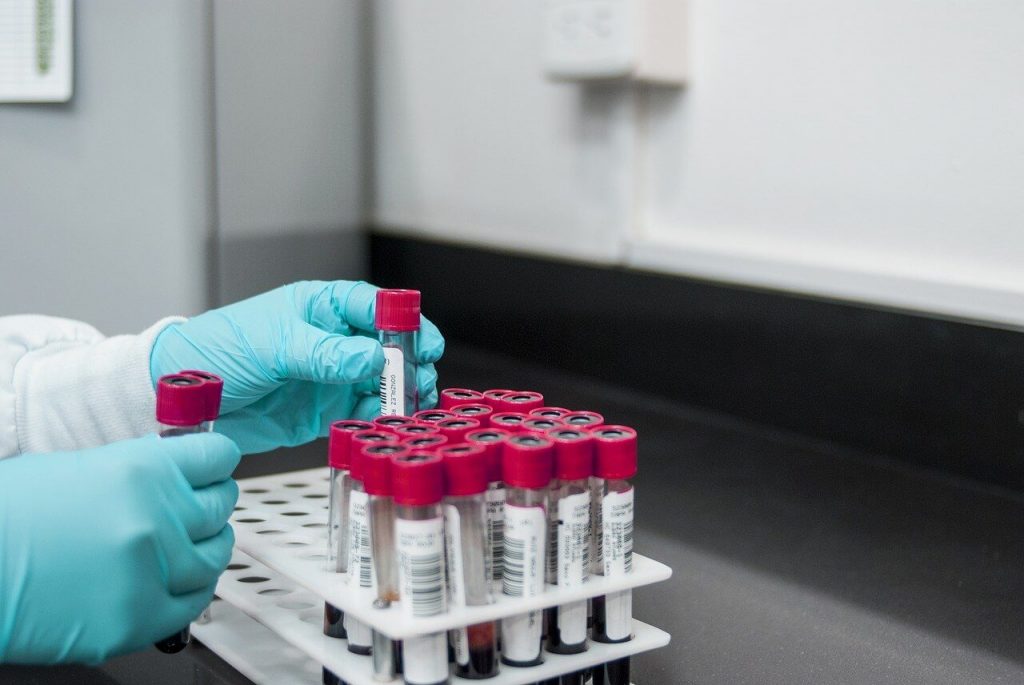This year’s theme for International Thalassaemia Day is “Addressing Health Inequalities Across the Global Thalassaemia Community” – a call-to-action that encourages everyone to learn about the many unmet needs of patients with Thalassemia across the world.
A Little Background on the Evolution of Thalassaemia
Thalassaemia mutated as an evolutionary response to Malaria. In the initial years, it was prevalent mostly in the tropical regions of Asia and South East Asia, the Mediterranean, South America, the Caribbean, Northern and Central Africa and the Middle East.
Then came the migration of communities and over the centuries with migration, Thalassemia spread far and wide. The migration of communities meant that everyone was predisposed to the risk of being born with this blood disorder.
According to the United Kingdom Thalassaemia Society, UKTS, an estimated 300,000 babies, severely affected by thalassaemia, are born every year worldwide. Some babies show signs and symptoms of Thalassemia at birth while others develop them during the first two years of life.
What you need to know about Thalassaemia.
Highlighted
This is an inherited blood disorder that is passed on from parent to child, in the same way that traits for hair colour and body structure are passed down from parents to children.
Thalassemia is caused by mutations in the DNA of cells that make haemoglobin — the substance in the red blood cells that carry oxygen throughout your body then becomes insufficient.
And, when there is insufficient haemoglobin, the body’s red blood cells cannot function optimally and they last for shorter periods of time. This results in fewer healthy red blood cells travelling in the bloodstream.
Apart from family history, certain ancestry like Southeast Asian or African American descent, are factors that increase the risk of thalassemia.
In 2020, The Malaysian Thalassaemia Registry reported that Thalassaemia is the most common inherited blood disorder in Malaysia.
Current estimation shows that 6.8% of Malaysians are Thalassemia carriers who might be affected with various degrees of anaemia. Gender distribution among the recorded patients with Thalassemia was almost equal, with a male to female ratio of 49.60:50.40 (3960 vs 4024).
Majority of the patients were in the group of 5.0 to 24.9 years of age (5146/7984 patients, 64.45%), and the largest number of patients were aged between 10.0 and 14.9 years.
Here is the thing, if you and your spouse are Thalassemia carriers you then have a 25% chance of producing a Thalassemia major progeny.
Depending on the severity of the gene mutation, affected babies may develop progressively severe anaemia which will then require life-long blood transfusions to meet their daily physiological needs.
Are There Tests for Thalassaemia?
There are ‘Carrier screening’ checks available. These tests your blood or saliva to see if you’re a carrier.
If you’re a carrier however you do not have the condition yourself, but you have a gene change for it that you can pass it to your baby. Both you and your partner can have carrier screening.
How is Thalassemia Diagnosed In Babies?
If your baby is at risk for Thalassemia, there are prenatal tests available during pregnancy. Prenatal tests are tests you get during pregnancy to see how you and your baby are doing.
For a more informed decision on these tests, you will need to talk to your health care provider.
- Chorionic villus sampling (CVS). This test checks tissue from the placenta to see if your baby has a genetic condition. You can get CVS at 10 to 13 weeks of pregnancy.
- Amniocentesis (Amnio). This test takes some amniotic fluid from around your baby in the uterus. The test checks for birth defects and genetic conditions in your baby. You can get this test at 15 to 20 weeks of pregnancy.
Signs & Symptoms
There are several types of Thalassemia.
Signs and Symptoms you have will depend on the type and severity of your condition. Thalassemia signs and symptoms can include:
1) Fatigue
2) Weakness
3) Pale or yellowish skin
4) Facial bone deformities
5) Slow growth
6) Abdominal swelling
7) Dark urine
Some babies show signs and symptoms of Thalassemia at birth; others develop them during the first two years of life. If you have kids with Thalassemia, read this article to get more useful information.
Some people who have only one affected haemoglobin gene may not have Thalassemia symptoms.
Toward creating a well-informed society on this blood disorder and how to manage it, the Thalassaemia International Federation (TIF) has developed an internationally recognised educational programme, with the objective to provide lifelong educational opportunities for health professionals, patients and their families, and raise awareness amongst policymakers and the community at large.
TIF’s mission is to promote and implement national control programmes for the prevention and treatment of Thalassemia and other haemoglobin disorders in every affected country.
If you are a concerned parent to be, the best you can do is seek medical advice early on, for, with better education and more effective screening, we hope that this inherited condition can one day be eradicated as it is the aim of TIF.
And always remember, There is no medicine like hope, no incentive so great, and no tonic so powerful as expectation of something tomorrow. — Orison Swett Marden
